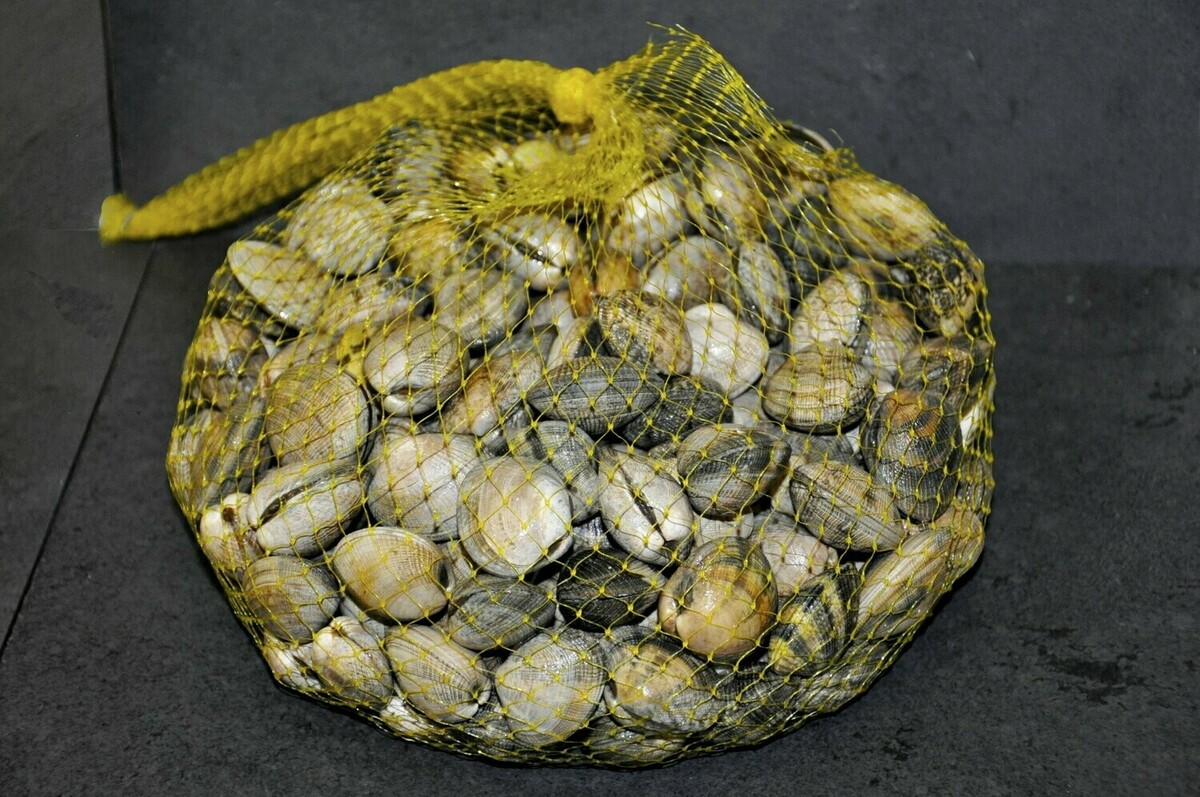

Articles
How To Store Live Clams Overnight
Modified: August 17, 2024
Learn the best methods to safely store live clams overnight in this comprehensive guide. Discover essential tips and techniques to keep your clams fresh and ready for cooking.
(Many of the links in this article redirect to a specific reviewed product. Your purchase of these products through affiliate links helps to generate commission for Storables.com, at no extra cost. Learn more)
Introduction
Welcome to our guide on how to store live clams overnight. If you’re a seafood enthusiast or a chef looking to prepare a delicious clam dish, you know that freshness is key when it comes to these delectable mollusks. Whether you’ve just gathered a batch of clams from the beach or purchased them from a seafood market, knowing how to properly store them overnight is essential to maintain their quality.
Storing live clams requires careful consideration of their specific needs to keep them alive and fresh until you’re ready to cook them. In this article, we’ll explore the importance of storing live clams properly overnight and provide step-by-step instructions to help you do so effectively. So, let’s dive in and learn how to ensure your clams stay in their prime condition!
Key Takeaways:
- Properly storing live clams overnight is essential to maintain their freshness, flavor, and texture. Choose the right container, prepare it carefully, and follow cooling techniques to ensure the clams stay alive and vibrant.
- Avoid common mistakes like storing clams in freshwater, overcrowding the container, and neglecting to check on them regularly. By following these tips, you can maintain the vitality and flavor of your live clams and enjoy a delightful seafood culinary experience.
Read more: How To Store Live Clams In The Fridge
Importance of Storing Live Clams Properly Overnight
When it comes to seafood, freshness is of utmost importance, and live clams are no exception. Properly storing live clams overnight is crucial to maintain their quality, flavor, and texture. Here are a few reasons why it is important to handle clams with care:
- Preserve freshness: Clams are highly perishable, and their quality can deteriorate rapidly if not stored correctly. Proper storage ensures that the clams stay fresh and maintain their natural brininess.
- Prevent spoilage: Clams are filter feeders, meaning they obtain nutrients by filtering water through their systems. As a result, they can accumulate bacteria and toxins. By storing clams properly, you reduce the risk of spoilage and potential foodborne illnesses.
- Ensure optimal taste and texture: A fresh clam should have a sweet and oceanic taste with a tender, slightly chewy texture. Improper storage can lead to a loss of flavor and a change in texture, resulting in a less enjoyable culinary experience.
- Extend shelf life: By maintaining the clams’ natural environment, you can extend their shelf life and have the flexibility to use them for multiple meals. This is particularly beneficial if you plan to prepare clam dishes over the course of a few days.
Now that we understand the importance of proper overnight storage, let’s explore the best container to use for storing live clams.
The Best Container for Storing Live Clams
Choosing the right container is crucial when it comes to storing live clams overnight. The container should provide a suitable environment that mimics the clams’ natural habitat while allowing them to breathe. Here are a few options for the best container for storing live clams:
- Perforated plastic or mesh bags: These bags are commonly used by commercial fishermen and seafood markets for storing live shellfish. They allow water to circulate freely, ensuring the clams receive oxygen and stay submerged in their own natural juices.
- Plastic or glass containers with ventilation: If you prefer to use a solid container, make sure it has small holes or vents for proper air circulation. This allows the clams to breathe and prevents them from suffocating.
- Open buckets or bowls: Another option is to use open containers such as buckets or bowls. Make sure they have shallow water at the bottom and cover them loosely with a wet cloth to maintain a humid environment.
Regardless of the container you choose, it is important to keep in mind that clams need to be stored with seawater or a salt solution to maintain their moisture and brininess. Do not store them in freshwater, as it can cause them to die.
Now that you have the right container, let’s move on to preparing it for storing live clams overnight.
Preparing the Container
Before placing the live clams in the container, it is essential to prepare it properly to create an optimal environment for their survival. Here are the steps to prepare the container for storing live clams overnight:
- Clean the container: Start by thoroughly cleaning the container with warm water and mild dish soap. Rinse it well to remove any soap residue that could potentially harm the clams.
- Add seawater or salt solution: Fill the container with seawater or create a salt solution by mixing 1 tablespoon of salt per 1 quart of water. The salinity of the water should be similar to that of the clams’ natural habitat.
- Chill the container: Place the container in the refrigerator for at least 30 minutes before adding the clams. This helps to create a cool environment, which is essential for maintaining the clams’ freshness and vitality.
- Line the container: If using a solid container, line the bottom with a moistened cloth or paper towels. This provides a soft and damp surface for the clams to rest on and helps to maintain the right level of humidity.
Once the container is properly prepared, you can proceed to place the live clams inside and ensure they are stored correctly. In the next section, we will explore cooling and storing techniques for live clams.
After purchasing live clams, store them in a bowl in the refrigerator covered with a damp cloth or paper towel. Do not store them in an airtight container or in water. This will keep them alive and fresh for the next day.
Cooling and Storing Techniques for Live Clams
Proper cooling and storing techniques are essential to maintain the freshness and quality of live clams overnight. Follow these steps to ensure your clams stay alive and in prime condition:
- Place the clams in the prepared container: Gently transfer the live clams to the container, ensuring they are submerged in the seawater or salt solution. Do not overcrowd the container, as clams need space to breathe and move around.
- Cover the container: If using a perforated bag or container with ventilation, simply secure the top with a rubber band or a clip. For solid containers, cover them loosely with a damp cloth or plastic wrap. This helps to maintain the proper humidity level.
- Keep the clams cool: Store the container in the refrigerator at a temperature between 34 to 40 degrees Fahrenheit (1 to 4 degrees Celsius). This range replicates the clams’ natural habitat and helps to slow down their metabolism, keeping them alive and fresh.
- Avoid direct contact with ice: While it is important to keep the clams cool, direct contact with ice can damage them. Place a shallow tray or container filled with ice underneath the container of clams to create a cool and humid environment without direct contact.
- Check on the clams: Occasionally check the clams to ensure they are still alive. Live clams should have tightly closed shells or should close their shells when tapped. Discard any clams that remain open, as they may be dead and should not be consumed.
- Use within 24 hours: It is recommended to use the live clams within 24 hours for the best quality and flavor. The longer they are stored, the higher the risk of a decrease in freshness and potential spoilage.
By following these cooling and storing techniques, you can ensure that your live clams stay fresh and vibrant overnight, ready to be transformed into a delicious seafood dish. However, there are a few additional tips to keep in mind for maintaining clam freshness, which we will explore in the next section.
Read more: How To Store Live Crawfish Overnight
Tips for Maintaining Clam Freshness
To ensure the ultimate freshness and quality of your live clams, consider these helpful tips:
- Buy fresh clams: Choose clams that are freshly harvested or purchased from a reputable source. Look for clams that have tightly closed shells and feel heavy in your hand, indicating that they are alive and full of seawater.
- Store clams in a cool environment: If you need to transport live clams from the store to your home, keep them in a cooler bag or cooler box with ice packs to maintain their freshness. Avoid leaving clams in a hot car, as the heat can cause them to deteriorate quickly.
- Handle with care: Always handle clams gently to prevent any damage to their shells. Roughhandling can cause the clams to open prematurely or become stressed, affecting their freshness and taste.
- Discard damaged or dead clams: Before storing or cooking live clams, ensure that none of them are dead or damaged. Dead clams will not close their shells when tapped and should be discarded immediately.
- Keep clams moist: Clams need to be stored in a moist environment to maintain their freshness. Check the container periodically and add a splash of seawater or salt solution if needed to keep the clams submerged.
- Do not soak in freshwater: Avoid soaking clams in freshwater as it can cause them to die. Clams need the brininess of seawater or a salt solution to survive and stay fresh.
- Clean clams before cooking: Before preparing the clams for cooking, give them a quick rinse under cold running water to remove any sand or grit. This helps to ensure a clean and delicious final dish.
- Cook clams promptly: Once you’re ready to cook the clams, try to do so as soon as possible. Freshly cooked clams will have the best flavor and texture, so plan your meal accordingly.
By following these tips, you can maintain the freshness of your clams and enjoy the best possible culinary experience. However, there are also common mistakes to avoid when storing live clams overnight, which we will cover in the next section.
Common Mistakes to Avoid
When it comes to storing live clams overnight, there are a few common mistakes that should be avoided to ensure the best possible outcome. By steering clear of these errors, you can maintain the freshness and quality of your clams. Let’s take a look at these mistakes:
- Storing clams in freshwater: Clams are saltwater creatures, so storing them in freshwater will cause them to die. Always use seawater or a salt solution to maintain their proper environment.
- Storing clams at room temperature: Clams are highly perishable and should be kept cool. Storing them at room temperature can lead to spoilage and a loss of freshness.
- Overcrowding the container: Clams need space to breathe and move around. Overcrowding the container can lead to restricted airflow and can cause the clams to suffocate or become stressed.
- Storing dead or damaged clams: Dead or damaged clams should not be stored or cooked. They can affect the freshness and safety of the remaining clams. Always discard any clams that do not close their shells when tapped.
- Not checking the clams regularly: It is important to check on the clams periodically to ensure they are still alive. Discard any clams that remain open or do not close their shells when tapped.
- Storing clams in airtight containers: Clams need to breathe, so storing them in airtight containers can lead to suffocation and spoilage. Make sure the container has proper ventilation or use perforated bags.
- Storing clams in freshwater ice: While it is important to keep clams cool, direct contact with freshwater ice can harm them. Use a shallow tray or container filled with ice underneath the container of clams to create a cool and humid environment without direct contact.
- Extending storage beyond 24 hours: To ensure optimal freshness, it is recommended to use live clams within 24 hours. Extended storage increases the risk of spoilage and a decline in the clams’ quality.
By avoiding these common mistakes, you can maintain the vitality and flavor of your live clams. Now, let’s conclude our guide on storing live clams overnight.
Conclusion
Properly storing live clams overnight is crucial to maintain their freshness and quality. By following the techniques and tips outlined in this guide, you can ensure that your clams stay alive and in prime condition until you’re ready to cook them. Remember the key points:
Choose the best container for storing clams, such as perforated plastic bags or containers with ventilation. Create a suitable environment by preparing the container with seawater or a salt solution and chilling it in the refrigerator. Place the live clams in the container, cover it, and store it in the refrigerator at a cool temperature.
By avoiding common mistakes like storing clams in freshwater, overcrowding the container, and not checking on the clams regularly, you can maintain the clams’ freshness and prevent spoilage. Use the clams within 24 hours for the best results.
Remember to handle clams with care, discard any dead or damaged clams, and keep them moist. Properly clean the clams before cooking and cook them promptly to enjoy the freshest flavor and texture.
With these guidelines, you can confidently store live clams overnight and ensure that they are at their best when it’s time to savor their deliciousness. So go ahead, gather your clams, prepare them properly, and enjoy a wonderful seafood culinary experience!
Frequently Asked Questions about How To Store Live Clams Overnight
Was this page helpful?
At Storables.com, we guarantee accurate and reliable information. Our content, validated by Expert Board Contributors, is crafted following stringent Editorial Policies. We're committed to providing you with well-researched, expert-backed insights for all your informational needs.
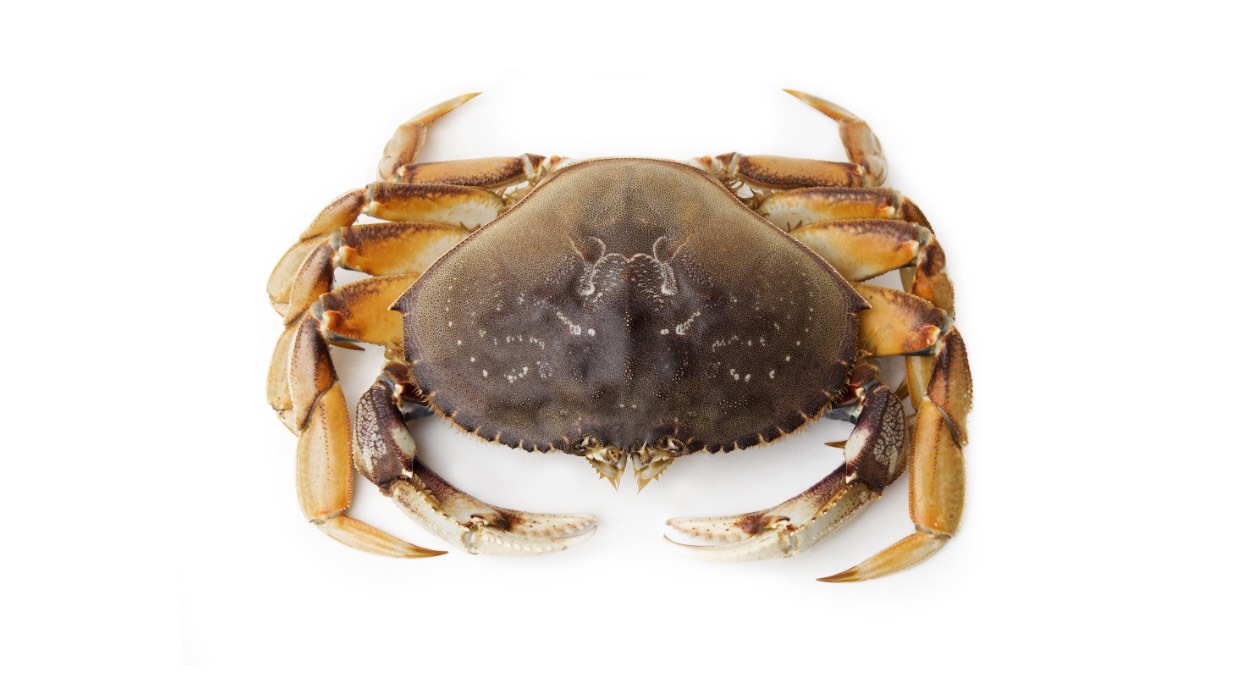
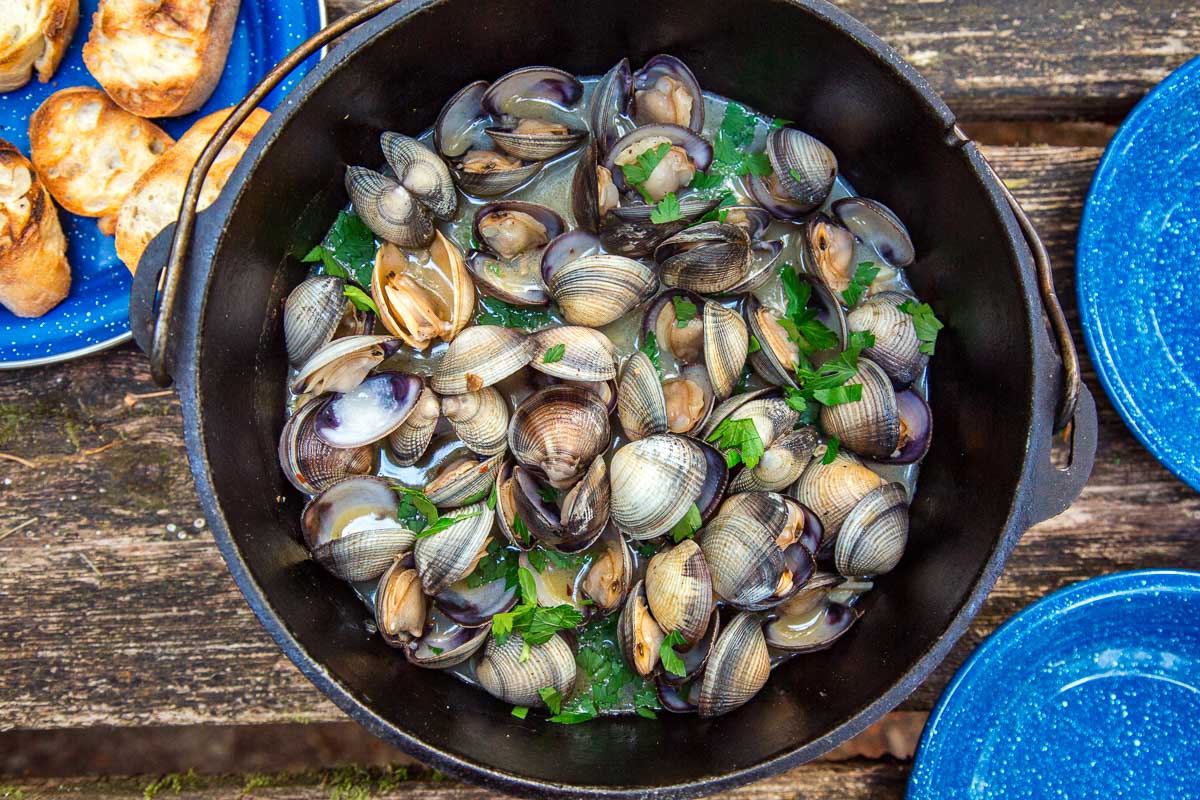
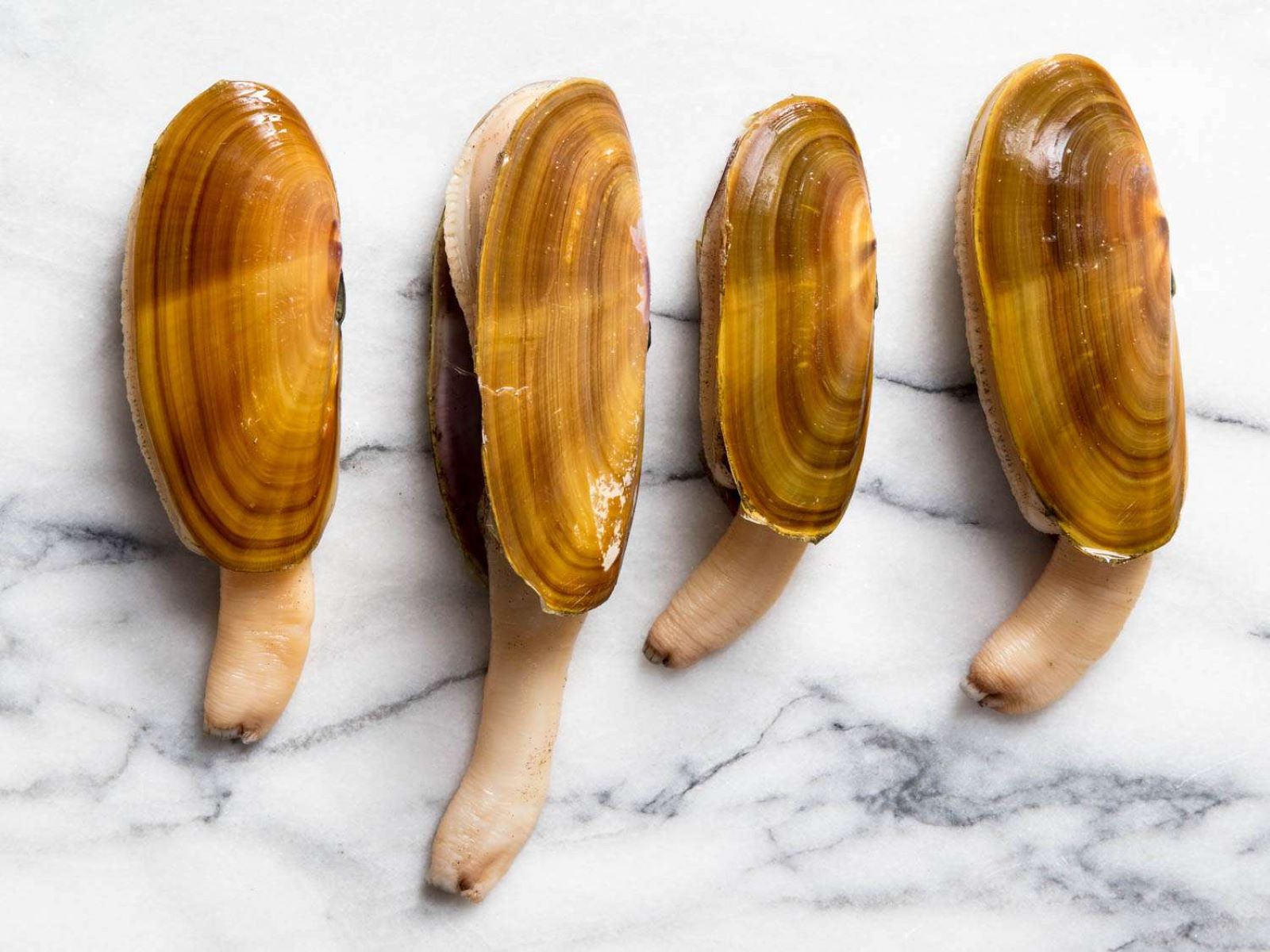
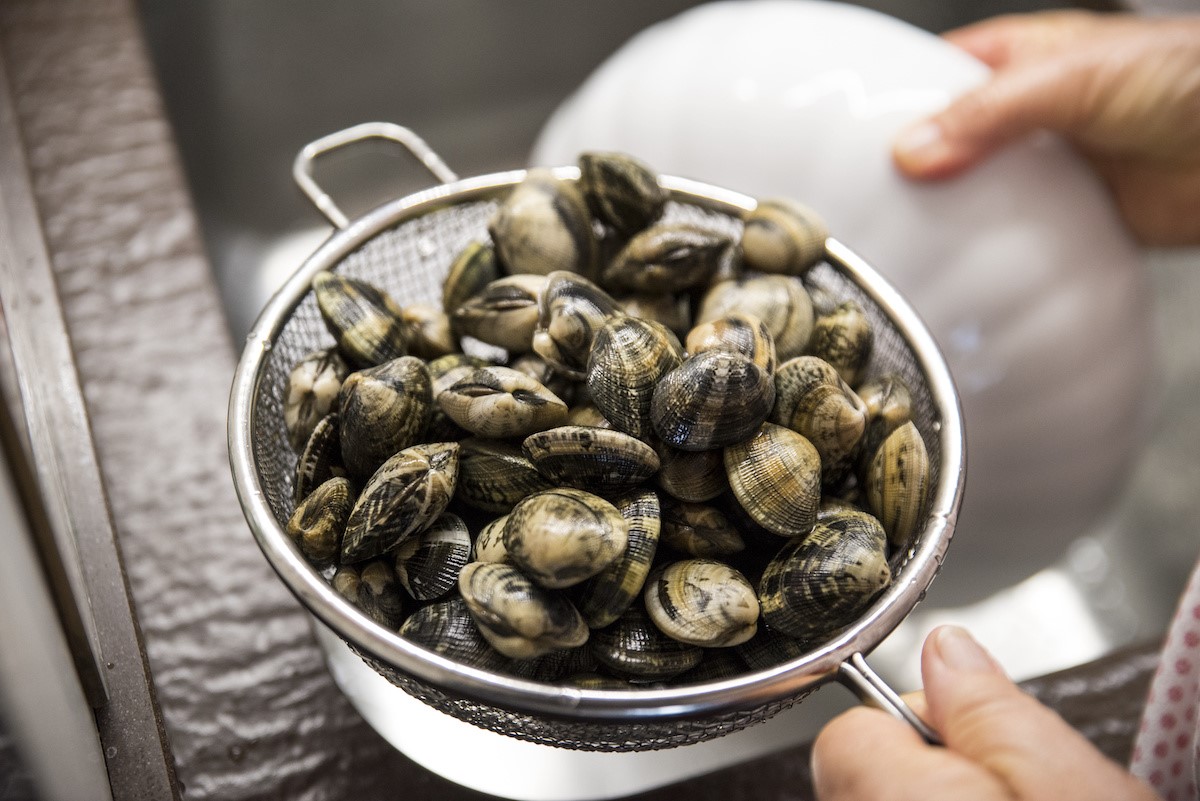
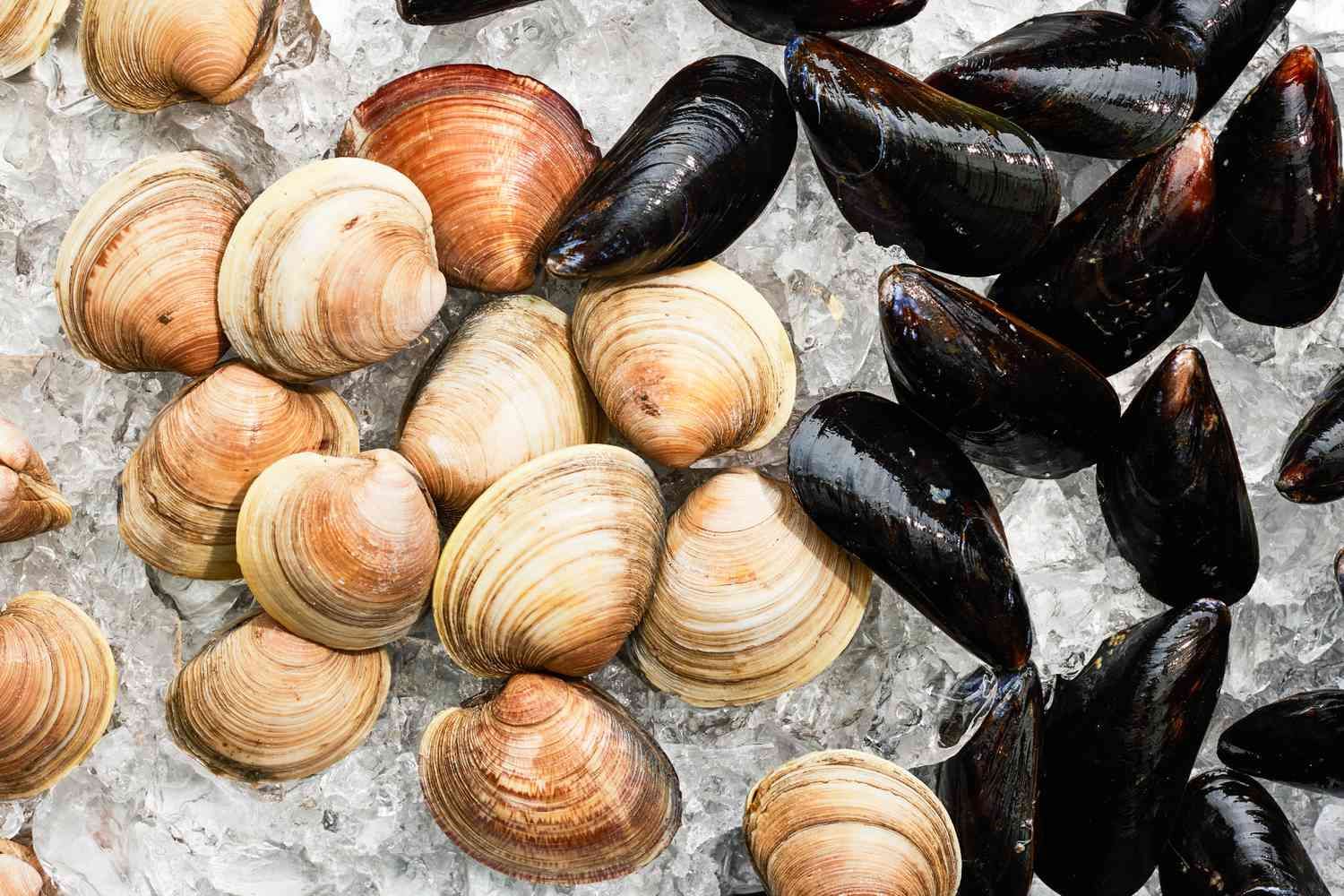


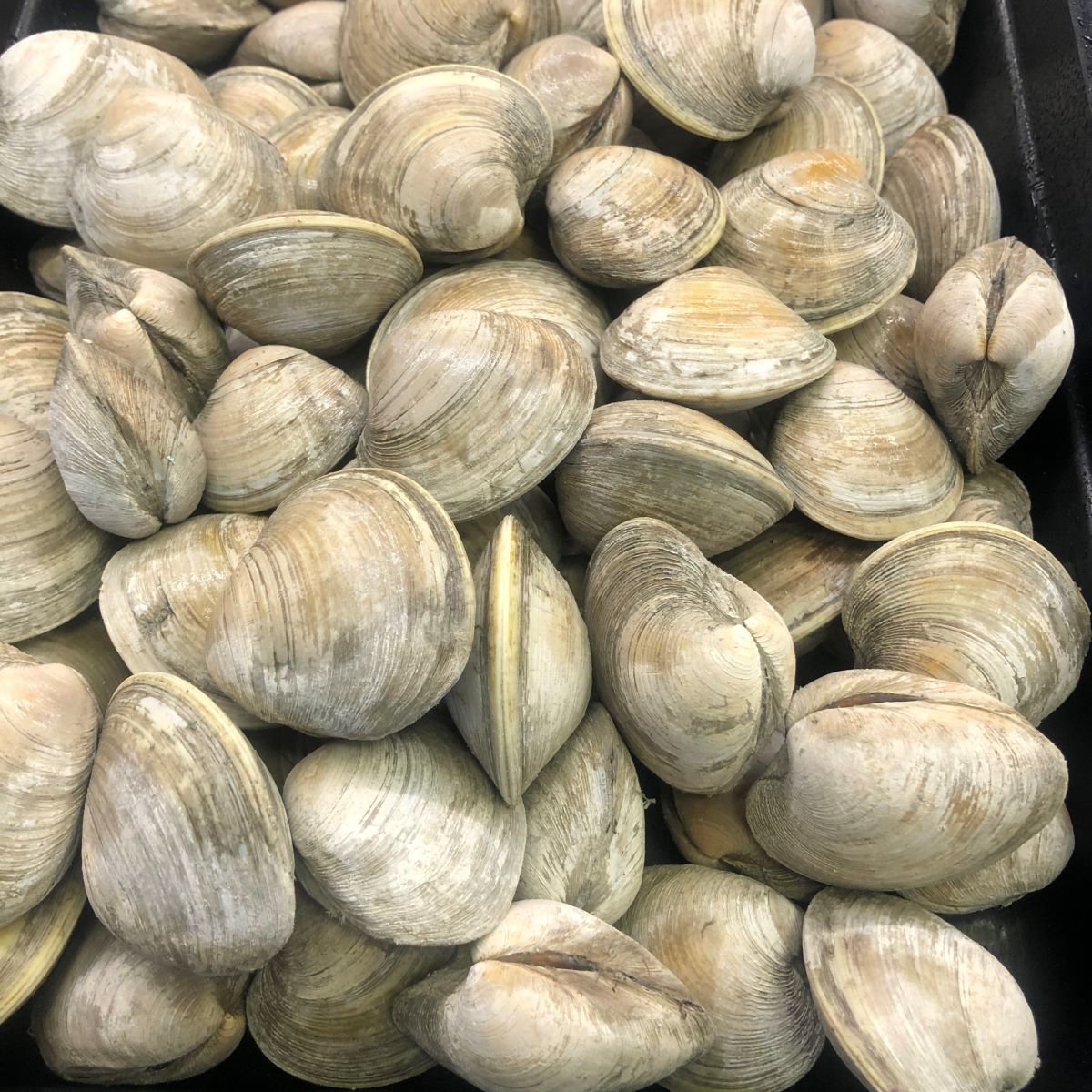
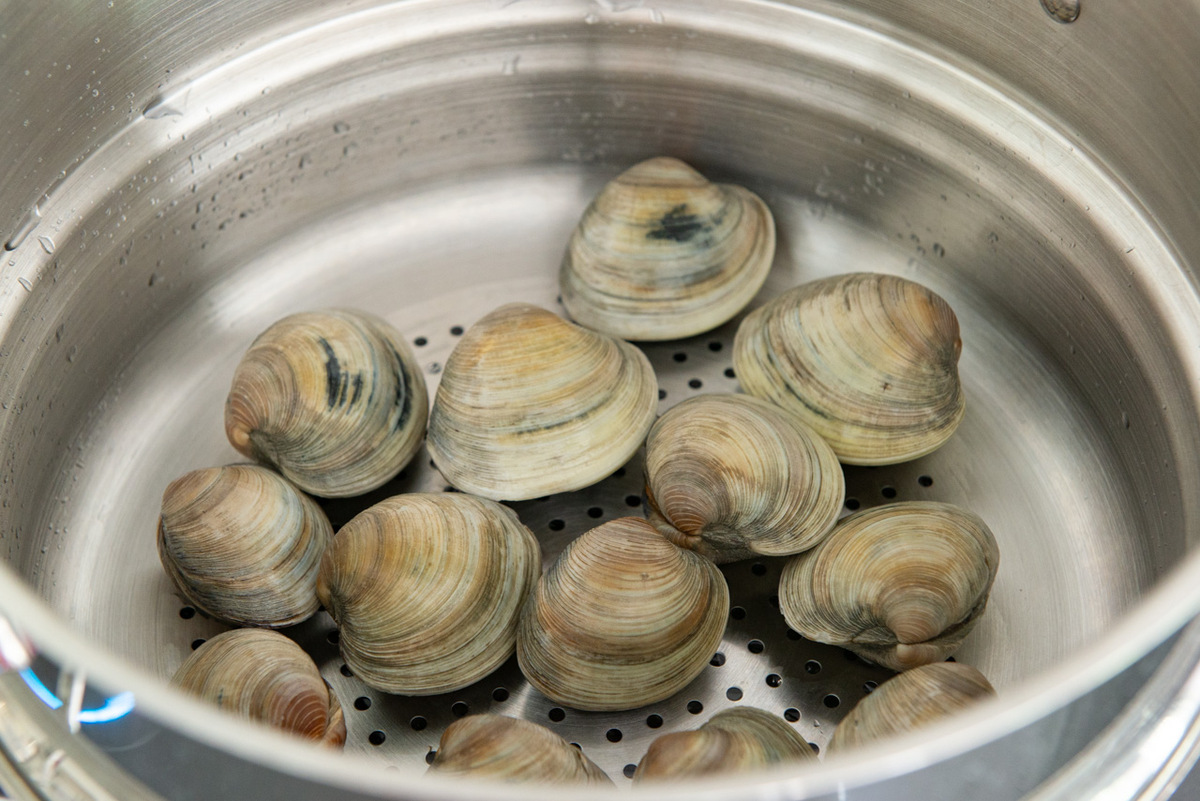
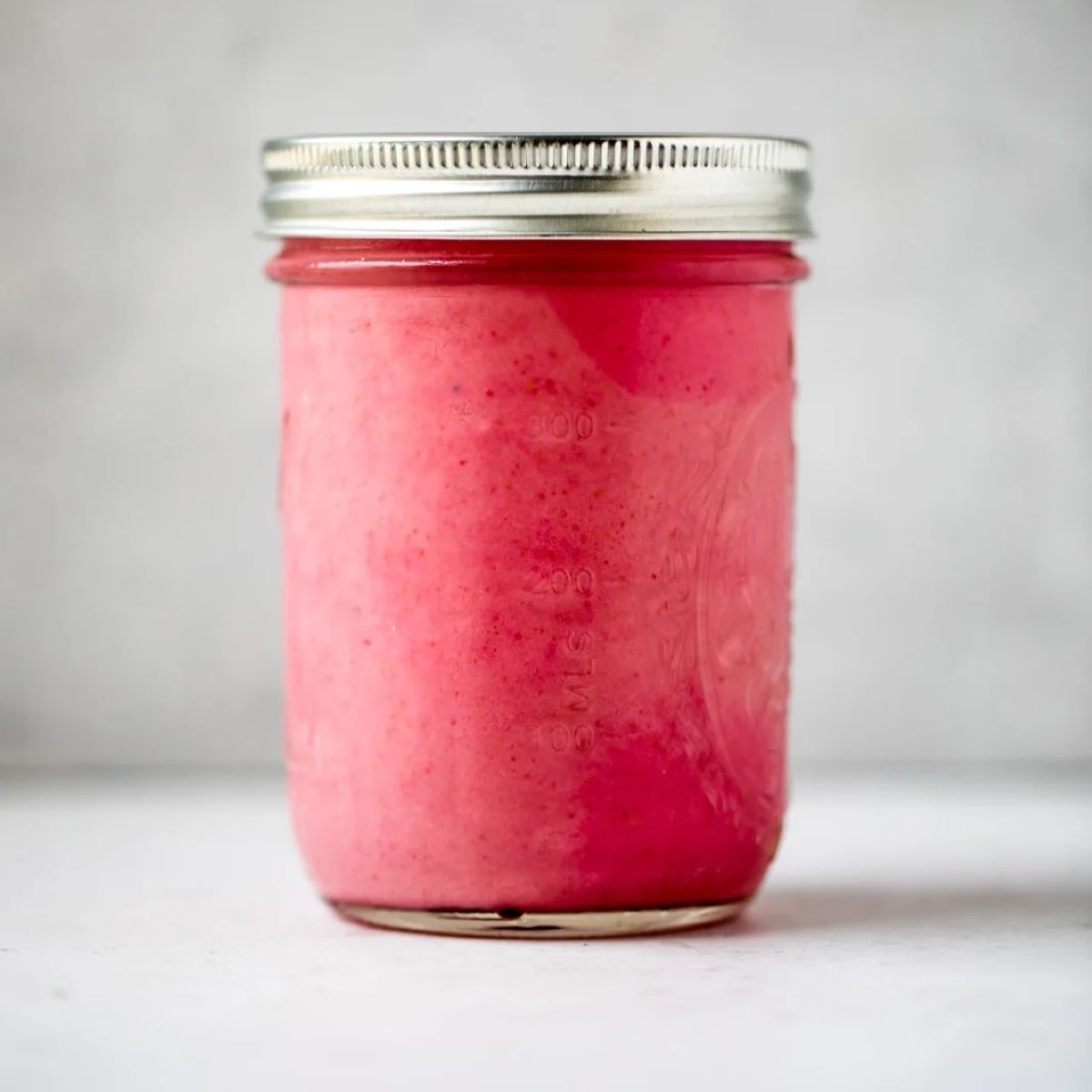
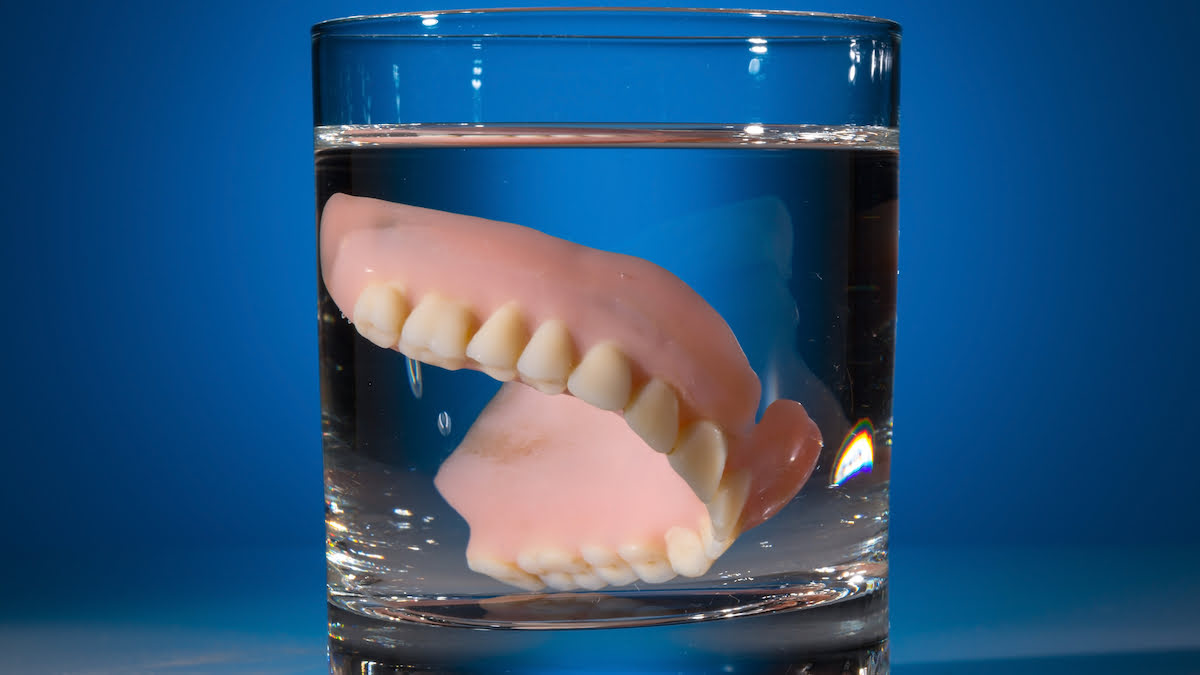

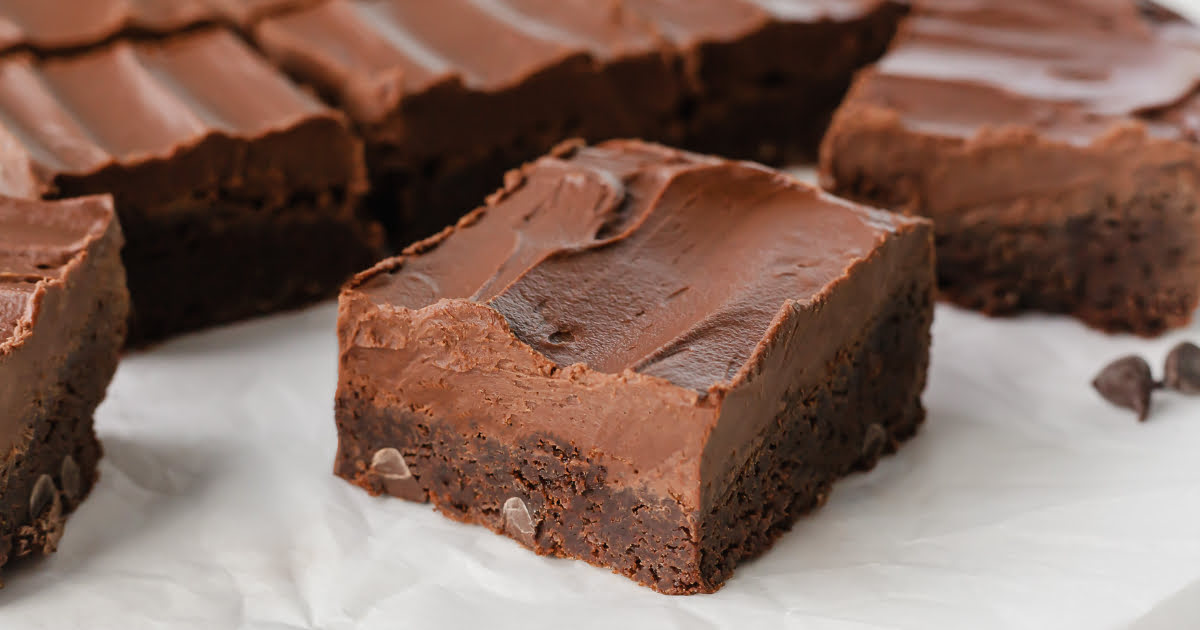


0 thoughts on “How To Store Live Clams Overnight”